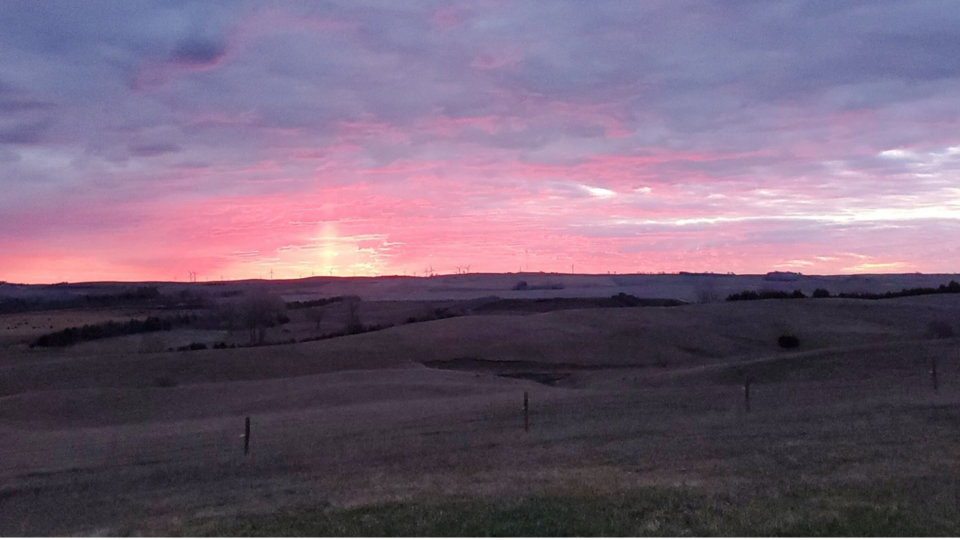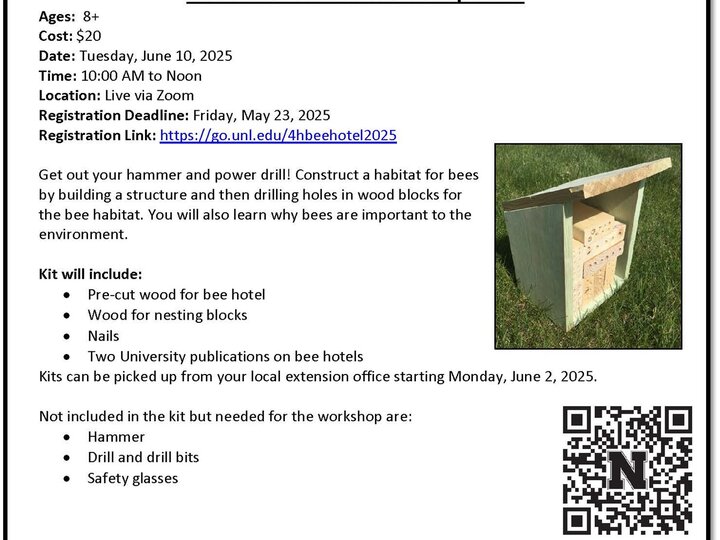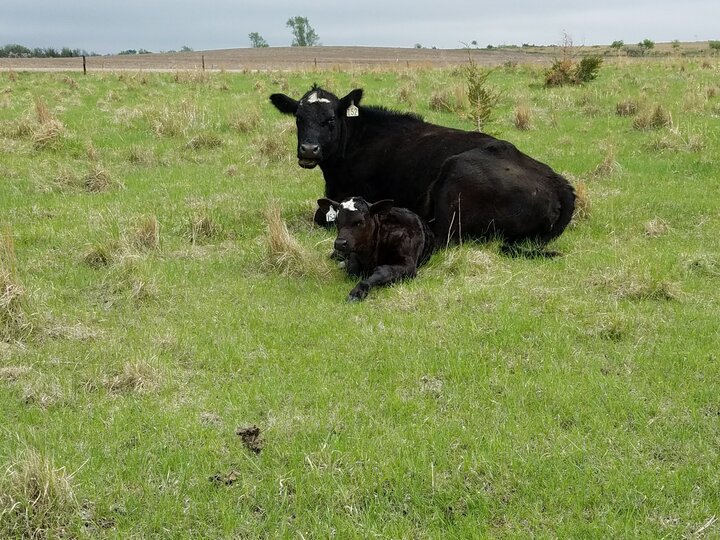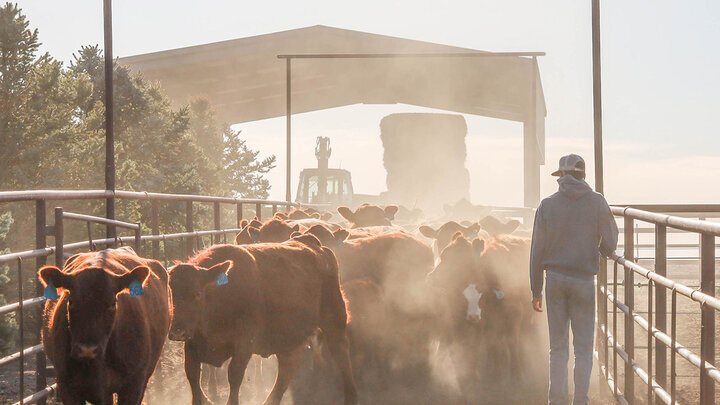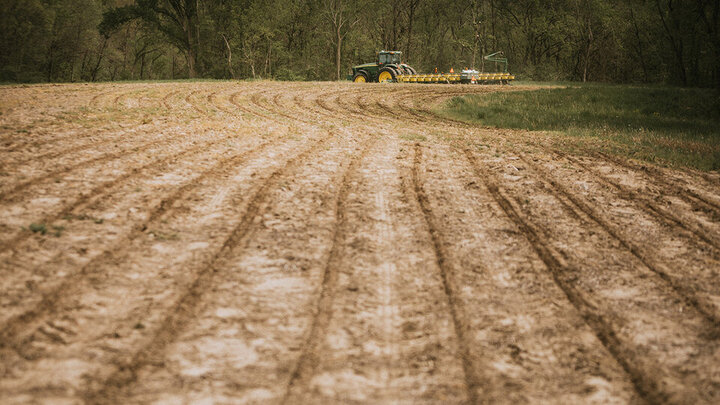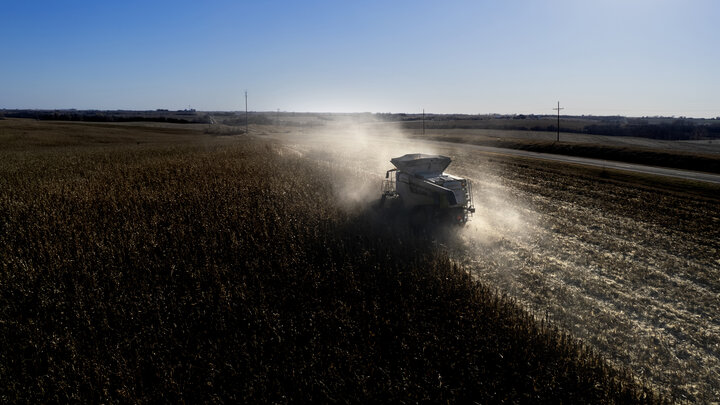Important Dates

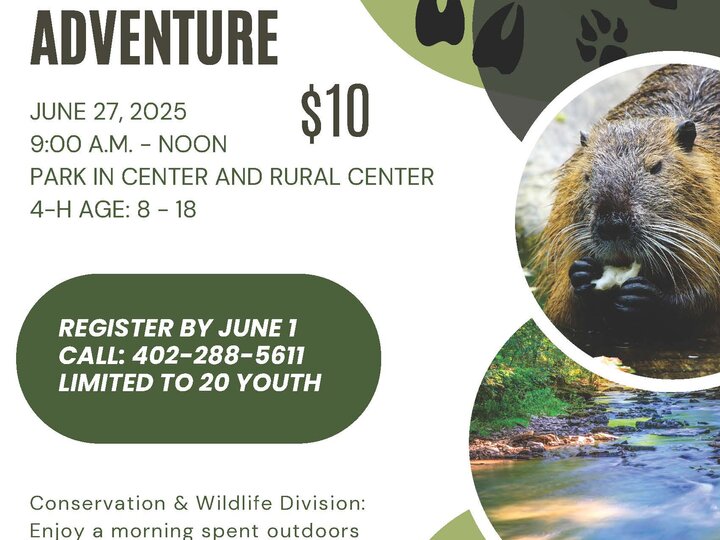

Register by June 1st - Space is Limited
Clover Kid Art Spectacular Workshop
Monday, June 16 - 9:30 a.m. to 11:30 a.m.

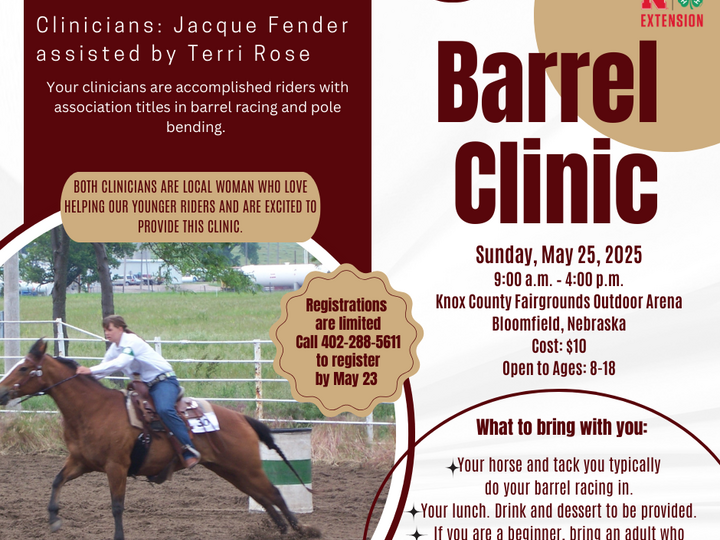
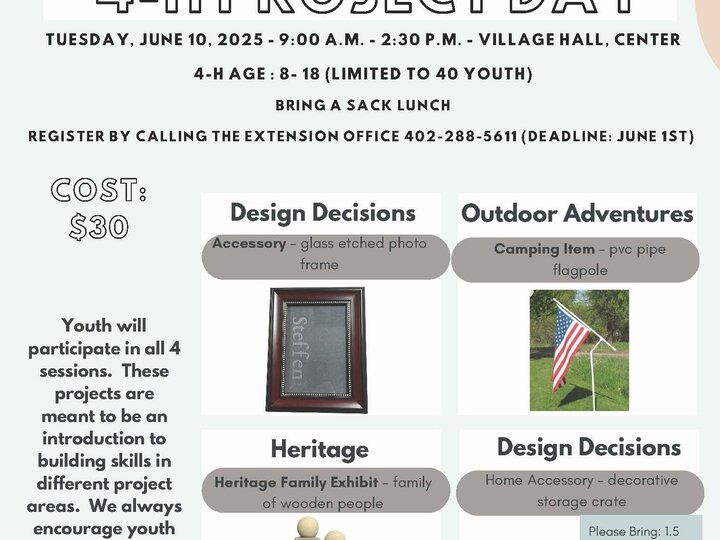

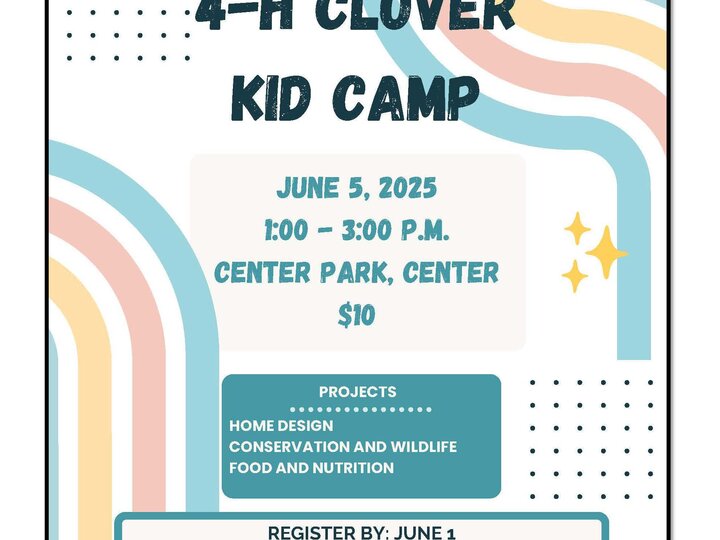
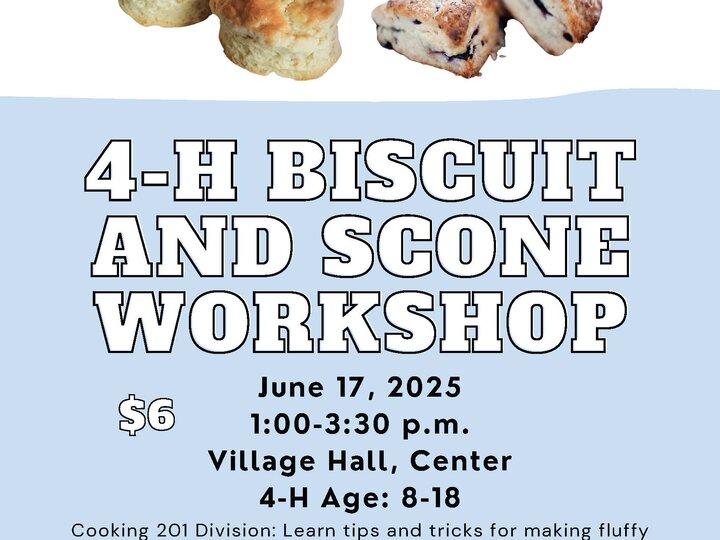
Nebraska Extension in Knox County
308 Bridge Street
P.O. Box 45
Center, Nebraska
Call 402-288-5611
Fax 402-288-5612
knox-county@unl.edu
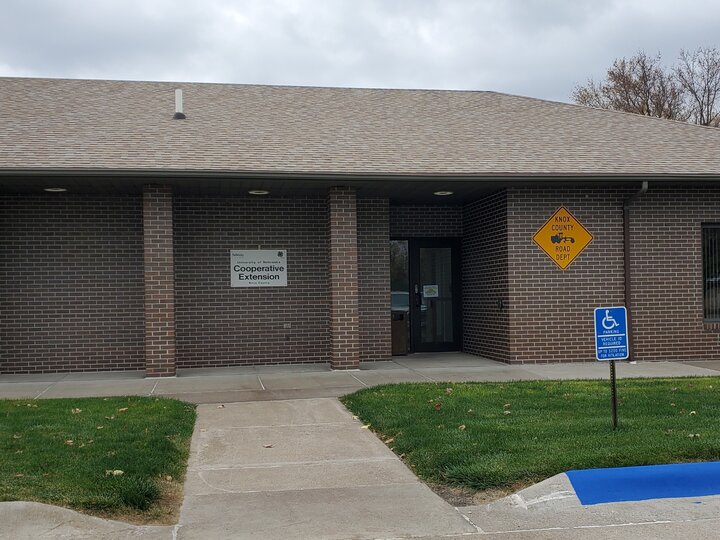
4-H Online Enrollment is Open! Knox County Enrollment Deadline - 4-H Enrollment for ALL members, including Clover Kids, is due by June 15. Youth can enroll anytime during the year, but all youth, including Clover Kids, must be enrolled with the Nebraska Extension 4-H Office in Knox County by June 15 and membership dues paid to the extension office to exhibit at the Knox County Fair or before competing any competitive 4-H events that year. Competitive events include all Pre-Fair Contests and Shooting Sports Contests.
Find More Enrollment Information

4-H Newsletters from Knox County
Find out what's happening in 4-H right here!

Congratulations to the 4-H Communication Event Participants in Knox County
4-H members participated in the Knox County 4-H Communication Event held on Monday, April 21st in Center, Nebraska. Participants were able to present a speech, record a PSA and deliver a presentation.
Whether speaking in person or virtually, communicating our thoughts to others is a valuable skill. Public speaking contests help youth develop skills for communicating with audiences, learn how to organize and prepare a speech, develop speech delivery skills, learn how to present themselves to others, and develop self-confidence.

Life on the Farm-Ag Literacy Festival was a Huge Success
The Life on the Farm-Ag Festival was held in Bloomfield on April 24 at the Harm and Tulley’s Event Center. Approximately 250 students in 3rd and 4th grade from Knox and Cedar counties attended.
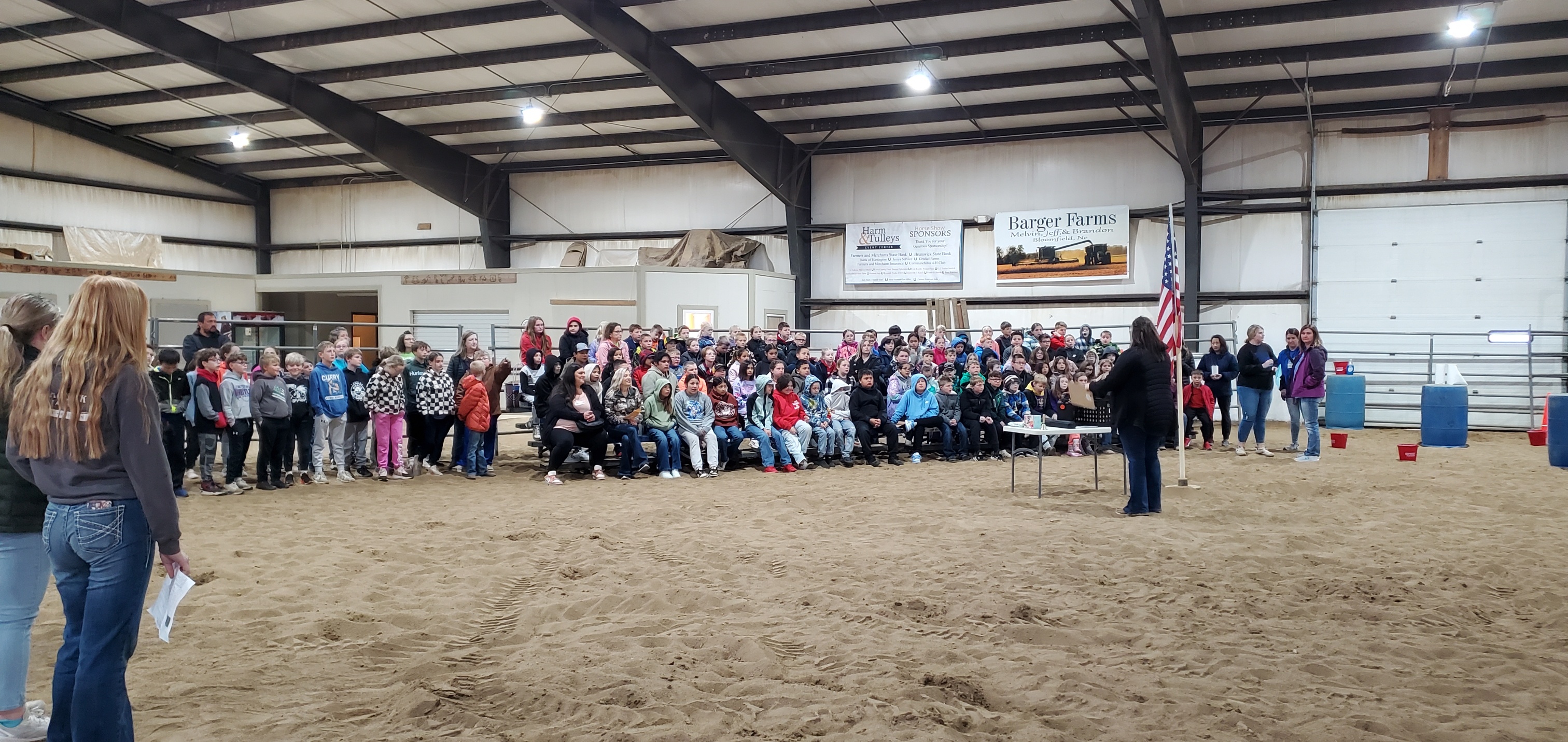
Local Extension Educators Recognized
Nebraska Extension recently held its annual Fall Conference, where two local Extension Educators were recognized for their exceptional efforts and achievements. Megan Hanefeldt, Cedar/Knox 4-H Youth Development Educator, was honored as the Nebraska Extension Mentor of the Year. Jackie Steffen, Nebraska Extension Early Childhood Educator, received the Nebraska Extension Excellence in Extension Team Award for her collaboration with Nebraska Children and Families' Communities for Kids (C4K) initiative.

